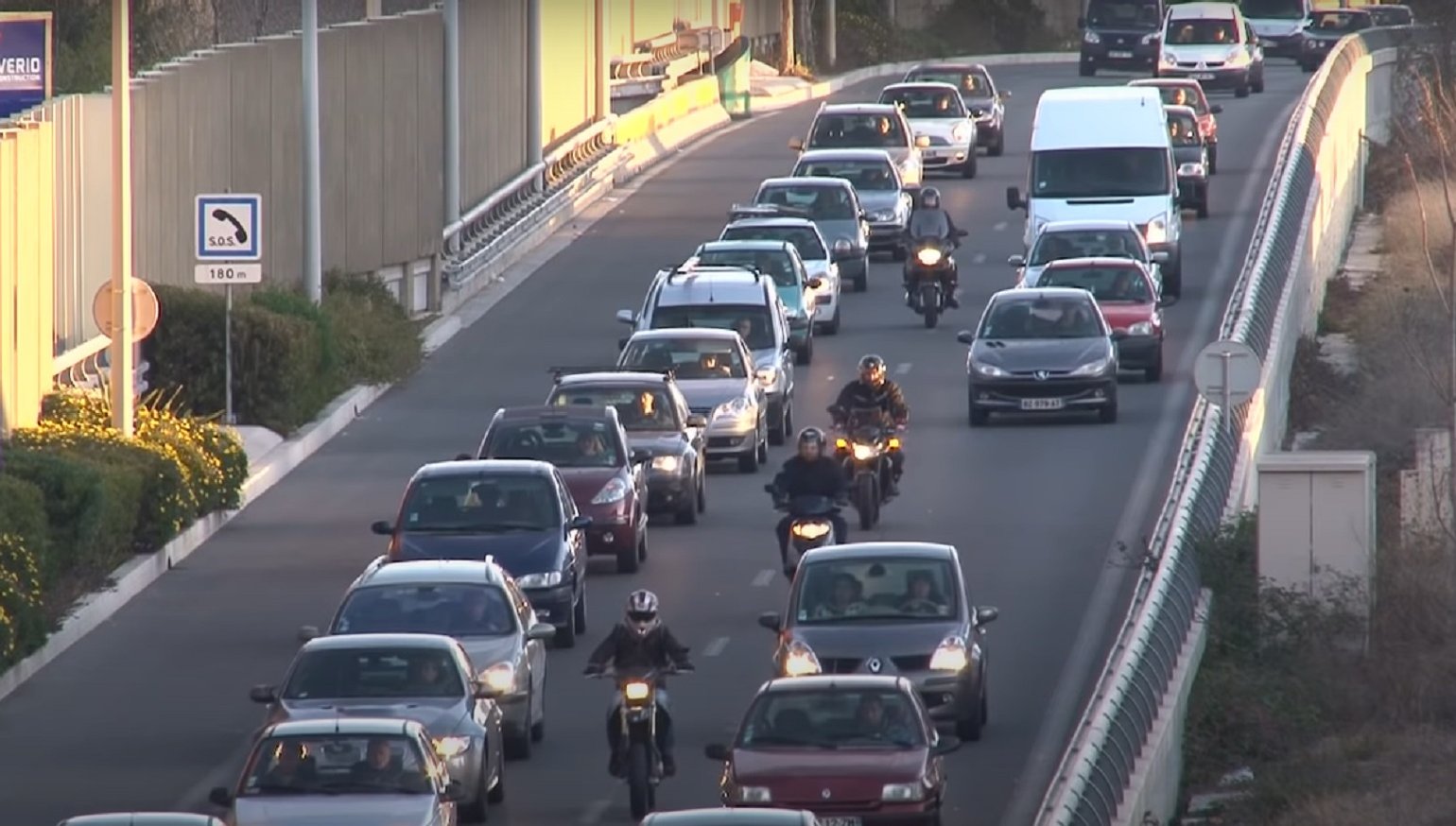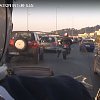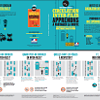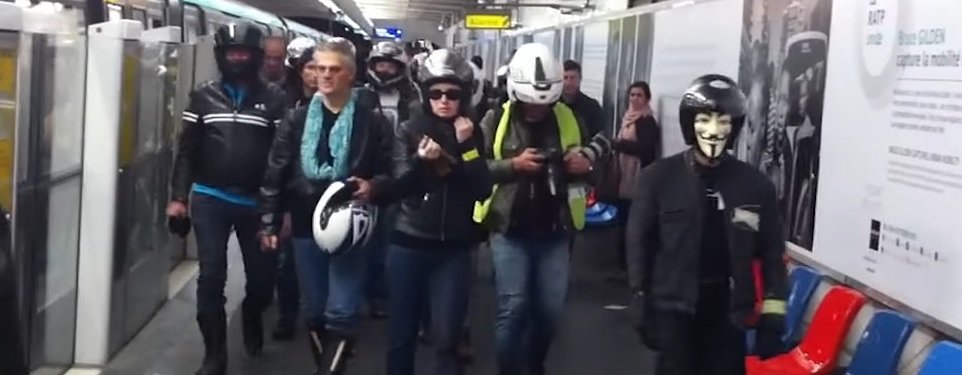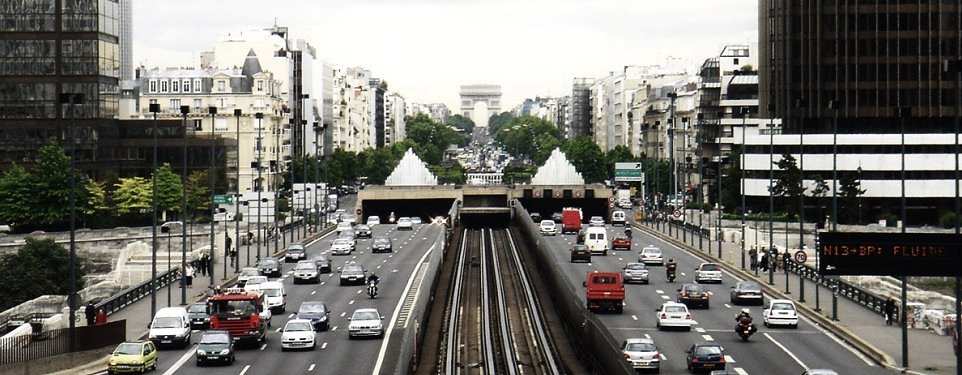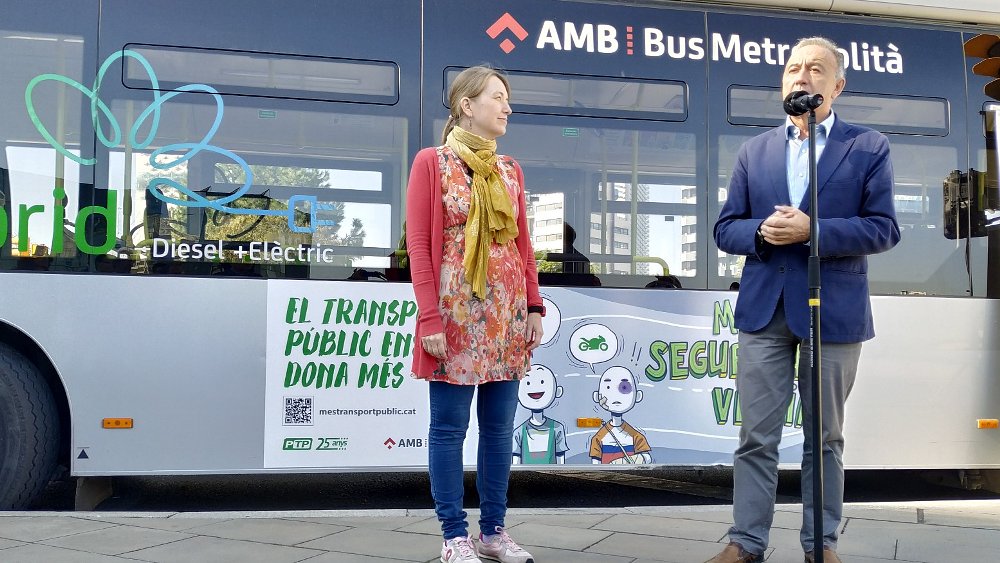A few English-language web sites have reported that last month France banned lane splitting. They highlighted protests organized by the French equivalent of the AMA, the aptly named Fédération française des motards en colère (FFMC; literally “French Federation of Angry Bikers”!).
The real story is a little more complex.
Avenue Foch, les motards en colère manifestent pour la légalisation de la circulation inter-files
— Arthur Nys (@ArthurNys) February 20, 2021
Périphérique bouché tout l’après-midi
🏍🛣#france3 #lesreportagesquonaimebienfrance @marionhuguet21 pic.twitter.com/nGNHigQJ57
Lane splitting is legal in many European Union countries. Indeed, there are places where it’s part of the motorcycle license skills test. However, “la circulation inter-files” has never been explicitly permitted under the French traffic code; it was merely tolerated by traffic cops and accepted by other road users.
A little over five years ago, bureaucrats from the French “Inter-ministerial Committee for Road Safety” (CISR) set out to study lane splitting, with the goal of defining rules for doing it safely and then changing the traffic code to make it explicitly legal.
This was inspired in part by the observation that Belgium, a neighboring country with similar traffic patterns, legalized the practice in 2012. The Belgian experience suggested that lane splitting was not measurably more dangerous than riding in lanes and that, in any case, legalizing it had no impact on accident stats. (If anything, Belgium encourages the practice because it improves traffic flows; motorcyclists get where they’re going much faster, but car drivers also reach their destinations quicker.)
In order to conduct a large-scale social experiment, lane splitting was allowed for the five-year study term in 11 French départements. (There are 96 such administrative regions in France.)
The CISR study narrowly defined legal lane splitting as follows:
- Practiced only on divided highways and similar roads with two or more lanes of travel in each direction and speed limits of between 70 and 130 kilometers per hour
- Practiced only between Lane 1 and Lane 2 (so on roads with three or more lanes of travel, it’s legal in the seam closest to the median)
- Done at a maximum speed of 50 kph (so only when congestion has slowed regular traffic to less than 50 kph)
- Available only to motorcycles and three wheelers with a track <1 meter (so a Piaggio MP3 would be allowed, but a Can-Am Spyder or Ural sidecar rig would not be allowed)
The French government has a goal of cutting traffic deaths by 50 percent by 2030. It compiles very detailed injury-accident reports. Riding a motorcycle in France is about 20 times as dangerous per kilometer as driving a car, but only a small percentage of serious motorcycle accidents occur while lane splitting. Bringing the law into line with common practice seemed to make sense. Régis Guyot, a prefect (state official) said, “It seems preferable to acknowledge [lane splitting], codify it, and teach it [in driving schools].
The FFMC supported the study, in part because the study area included Paris, Marseille, Bordeaux, and Lyon, the largest cities in France and thus home to many FFMC members who lane-split anyway. Legalizing the practice promised to be a legislative victory for French bikers after a series of frustrating defeats, such as Paris’ ban on older motorcycles.
Methodology of the study
The experiment was designed by the CISR, with input from Université Gustave Eiffel (a French university that specializes in urbanism and transportation); Ergo-Centre, a public-private partnership that specializes in experiment design and opinion research; and the FFMC.
The 11 departments that participated in the study accounted for most of France’s divided, multi-lane roads that experience regular congestion. One other department was studied as a control.

The experiment involved a significant public information effort, including communication with both car drivers and motorcycle riders on the theme of “Lane Splitting: Let’s learn to share the road.” One brochure was created for motorcyclists, explaining when and how they could legally ride between lanes. 500,000 copies were distributed at motorcycle shops, driving schools, and at events; that brochure was also run as paid advertising in motorcycle magazines.
300,000 copies of a separate brochure were printed for car drivers, explaining that lane splitting was legal and urging them to watch for motorcycles approaching from behind, to make room where possible, to always signal before changing lanes, and to avoid sudden lateral shifts. These were also distributed at driving schools and the French equivalent of the DMV. That brochure was reproduced in a popular free newspaper. Advice about lane splitting was programmed into variable-message signs along highways.
For its part, the FFMC promoted an existing video tutorial on safe and responsible lane splitting. (The FFMC made the video before the experiment was announced, as a pre-emptive measure to prevent an enforcement crackdown.)
The goal was to determine whether educating both drivers and riders could influence rider and driver behavior, both as observed at specific sites and as evidenced by reduced accident rates. It was hoped the study would yield insights that would allow driving schools to teach both motorcyclists and car drivers how to make the practice even safer. Again, all this was in furtherance of a plan to adjust the French traffic code to make lane splitting legal.

The study's results were unexpected and disappointing
After five years, the results of the experiment were evaluated by the Centre for Studies and Expertise on Risks, Environment, Mobility and Planning (CEREMA) and presented to Marie Gautier-Melleray, who is France’s Interministerial Delegate for Road Safety. The CEREMA report concluded that the experiment produced measurable improvements in driver and rider education and behavior, but as Gautier-Melleray told the Federation of European Motorcycle Associations, “[T]he result is not up to our expectations since the ratio of accidents on the experiment’s networks compared to other networks has increased significantly in one zone and is increasing slightly elsewhere.”
Specifically, motorcycle accidents increased by 12 percent on the roads where the experiment took place, while they decreased by 10 percent on the other roads of those 11 departments. The French authorities had expected to use the study as justification to legalize the practice across the entire country but, instead, they announced the end of the period of quasi-legalized lane splitting. As before, riders could be fined €135 and be docked three points on their license. (A loss of 12 points over a specific period will result in suspension.)
This was bad news for the FFMC, but the protests that made the news were not really about being ticketed for lane splitting. They were protesting the experiment design and interpretation of the results. The increase in accidents over the five-year study period didn’t account for increased traffic over that period.
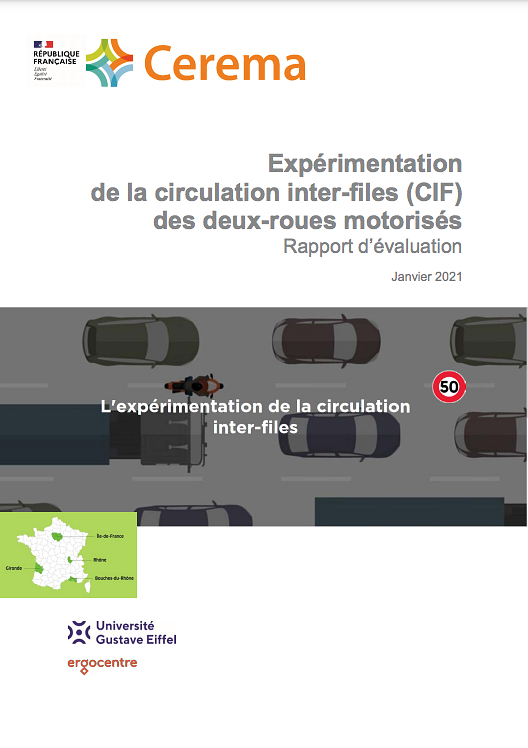
A return to the old status quo and a call for further study
In an email, FFMC Director of Communications Didier Renous wrote, “[Lane splitting] is still tolerated as before and during" the experiment. That’s to say, “les flics” will let safe lane splitting go, but if you’re riding like an idiot, they can and may use the law to rein you in.
However, Renous wrote that a new three-year study is already planned and is expected to begin in June. It will cover the entire country and include more comprehensive educational outreach to both riders and drivers. The new study will presumably factor in changes in traffic patterns over its run.
“It’s clear,” the FFMC spokesman assured me, “[the government’s] plan is to legalize the practice, not criminalize it.”
So stories that French bikers are protesting a draconian ban on a long-established practice are misleading. If anything, the effort to legalize lane splitting represents all the best and worst aspects of life in France as I experienced it in Lille and Paris in 2002 through 2004.
Yes, the country’s saddled with a huge bureaucracy populated by officials pushing opposing agendas in bewildering, overlapping jurisdictions. When I lived there I devised a simple rule for navigating French officialdom: Whatever I wanted to do, that thing was forbidden (including lane splitting, I now realize). But the rule had a corollary, which is that any minor official could make an exception for me if I only knew who — and how — to ask. And mon dieu, do they like to argue, which is why even a return to an acceptable status quo brought bikers to the barricades.
But there’s also a love — almost an obsession — with logic. French accident statistics put U.S. statistics completely to shame; they not only compile data on every accident, they have a uniform and detailed reporting system for every injury accident that rivals the FAA's treatment of airplane crashes in the United States. Underneath all the shouting and hand-waving in clouds of Gauloises smoke, the desire to gather actual data on lane splitting and use it to create a rational law was laudable.
I wish we could have such a discussion in the United States, but of course we’d have to have 50 of them and it would never work because in America progress is always seen as a zero-sum game. Drivers would never approve of lane splitting because it would be better for riders than them.
So, Vive la France, eh?

 Membership
Membership

